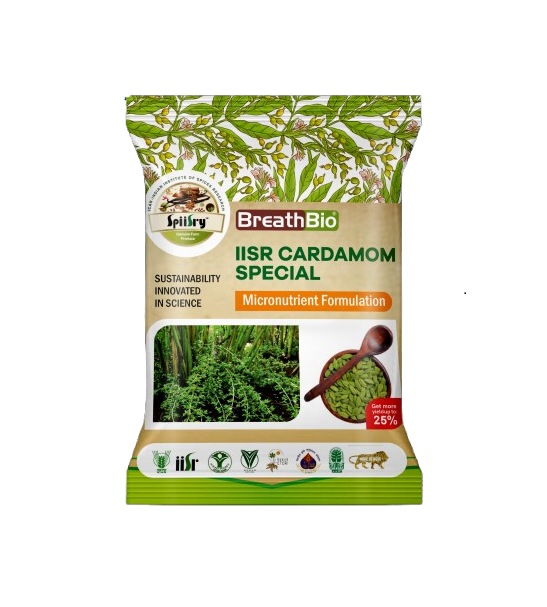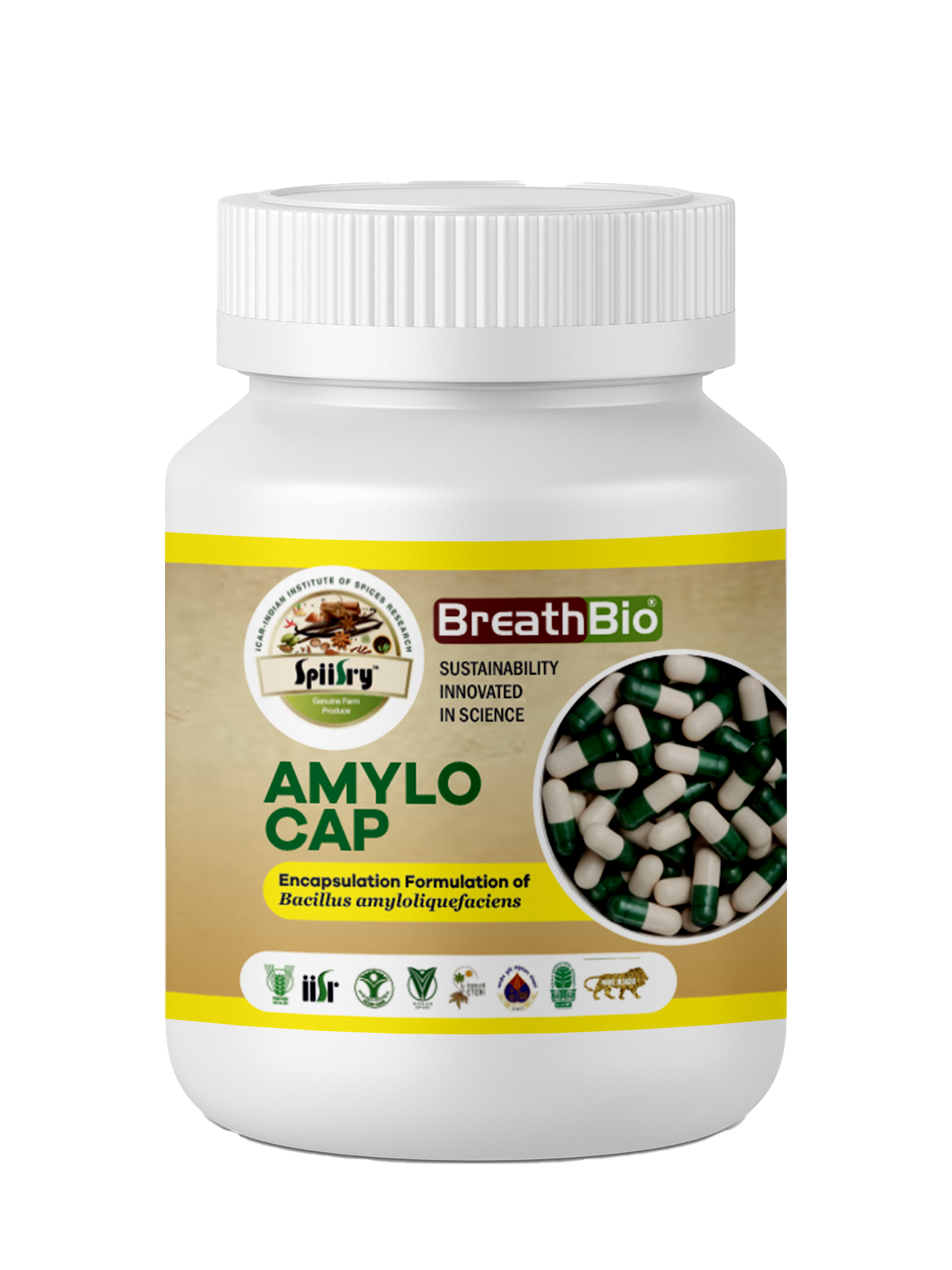Description
Common nutritional disorders in arecanut are crown choking, crown bending, oblique nodes and nut spitting.
These problems develop in areas with excess soil fertility and water stagnation and in paddy converted areas.
Crown choking can be identified at initial stages with appearance of dark green leaves with erect nature and
reduced leaf size. Zinc deficiency is mainly responsible for development of disorders. Excess availability of
nitrogen, phosphorus and other nutrients hinder uptake of zinc and cause disorders. In soils with low Zn content,
soil application of zinc sulphate @ 10 g per palm can be applied at initial stages of disorders. In case of severe
reduction in leaf size and crown choking, spraying of O.S % zinc sulphate (5 g per litre of water) mainly on fresh
foliage can be done so that new leaves will emerge normally. Combined deficiency of zinc and calcium causes crown
bending. Nut splitting is due to less potassium and application of potassium is required to correct nut splitting
as both husk and kernel require high potassium.
-
ADVISORY TO FARMERS
-
Soil testing may be done before planting and at least once in 3 years after planting.
-
Do not take soil samples in the interspaces.
-
Nutrient application during post monsoon season is more effective and advisable as growth rate of palm is more
after monsoon.
-
Avoid application of only urea or organic manure which supply only nitrogen Potassium and zinc deficiency is
increasingly noticed in laterite soils in arecanut belt.
-
Potassium is very important for arecanut and thus its application through MOP or other sources like arecanut
husk, coconut coir pith, gliricidia is essential.
-
Soil application of zinc sulphate @ 10 g per palm may be applied once in 3 years as disorders are increasingly
noticed in entire arecanut belt.
Read Arecanut package of practices here:
https://cpcri.icar.gov.in/page/farmers_corner_package_practices








Reviews
There are no reviews yet.